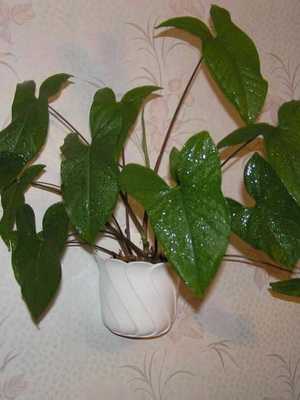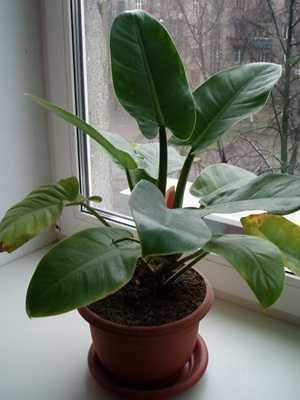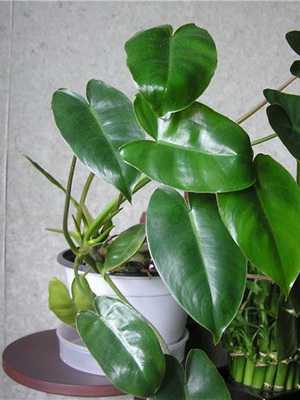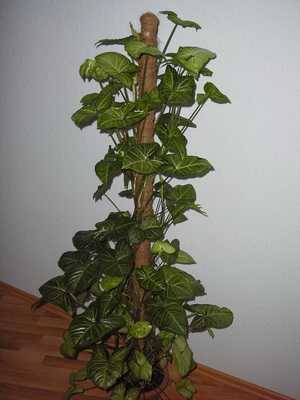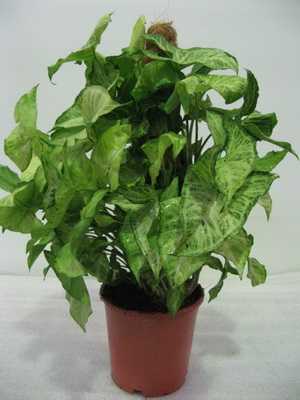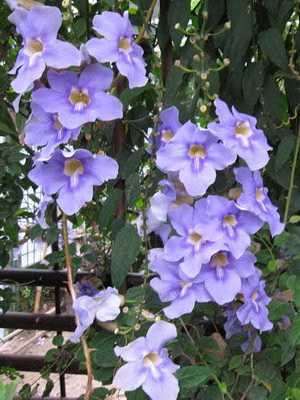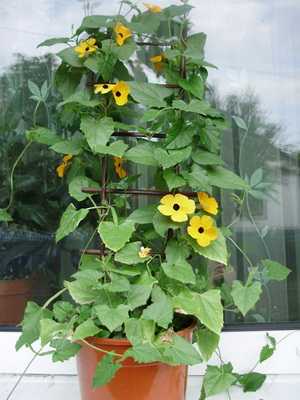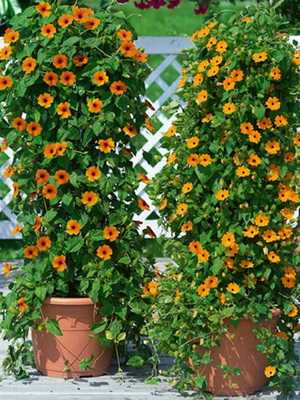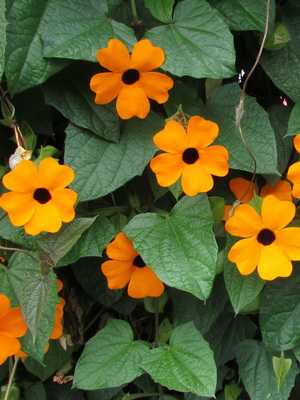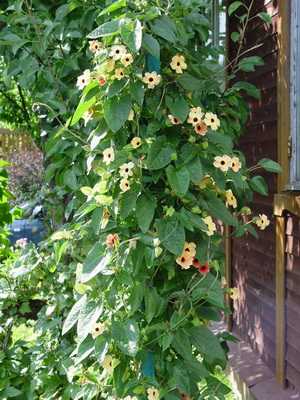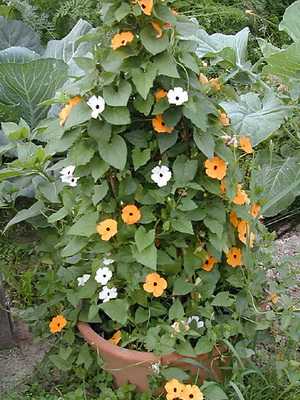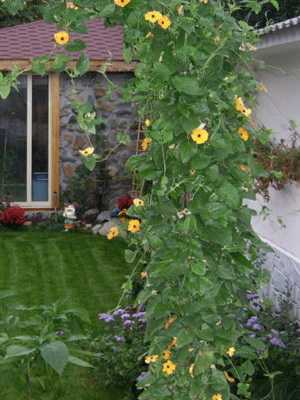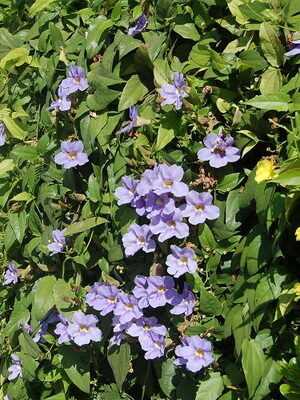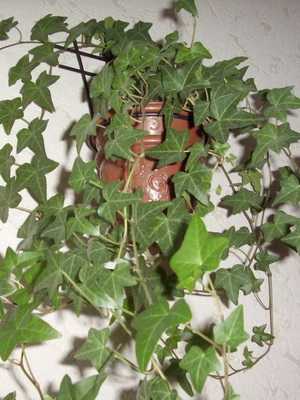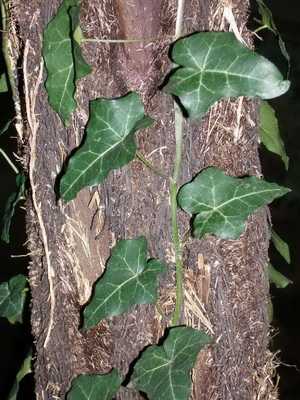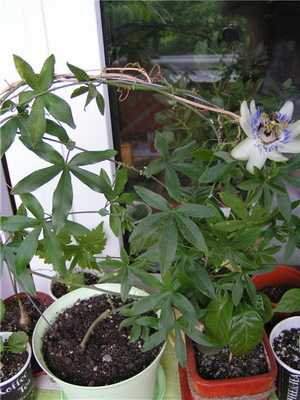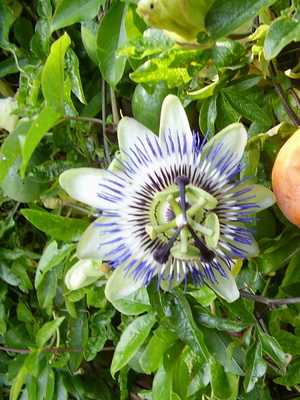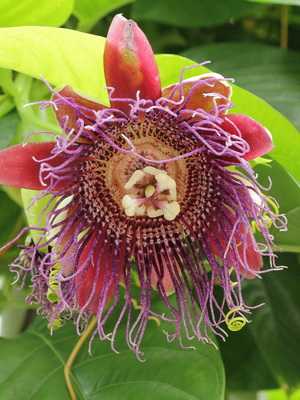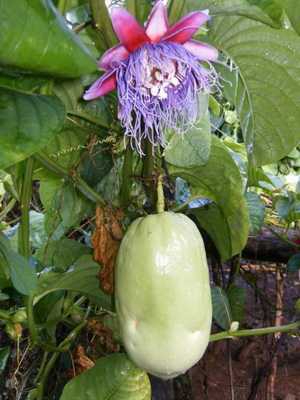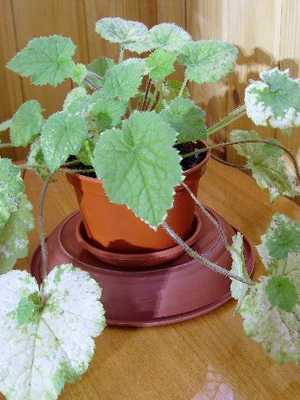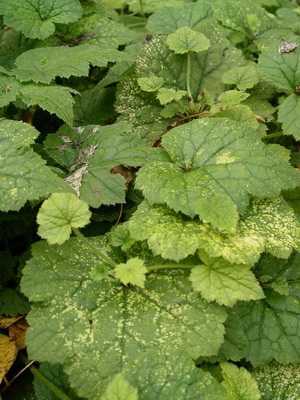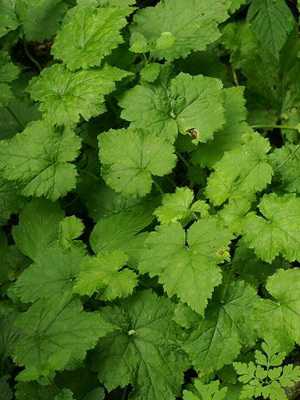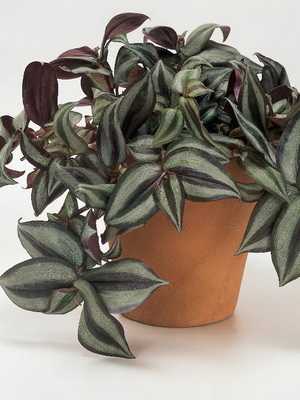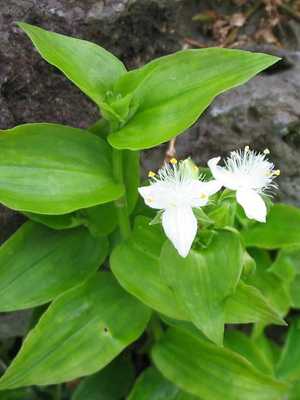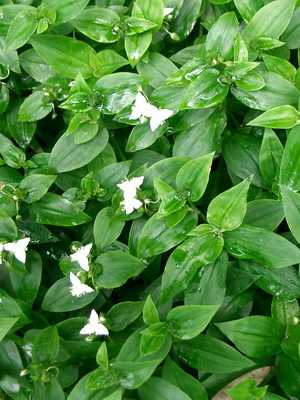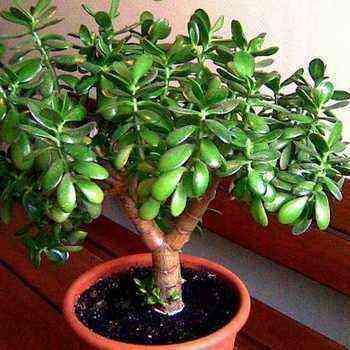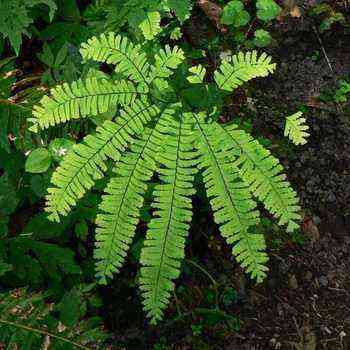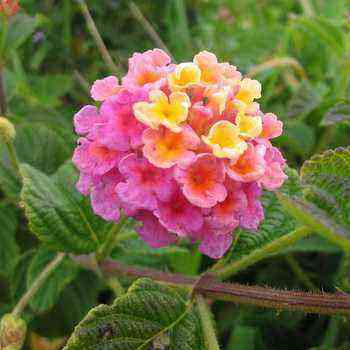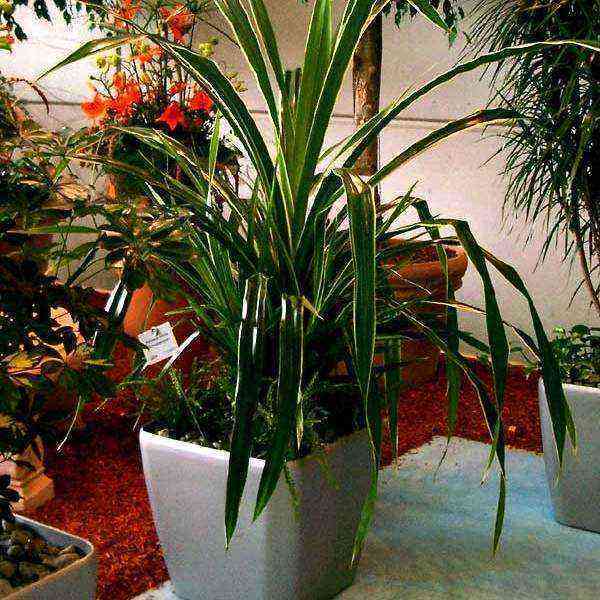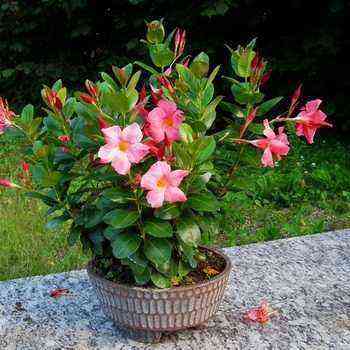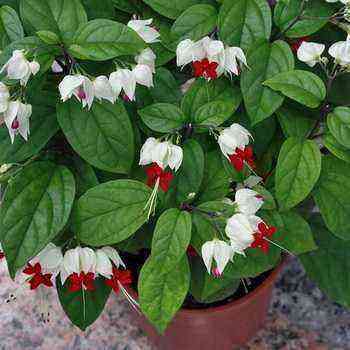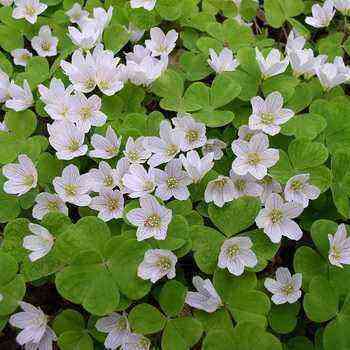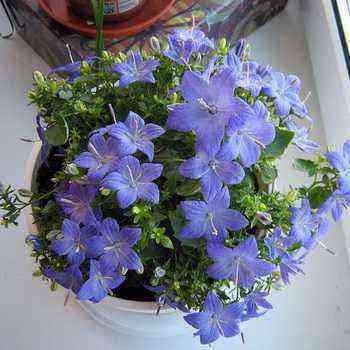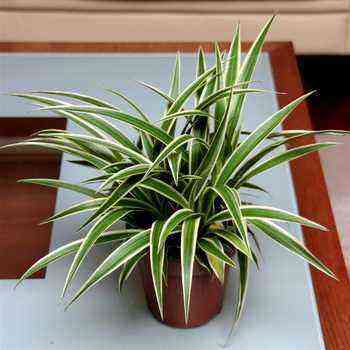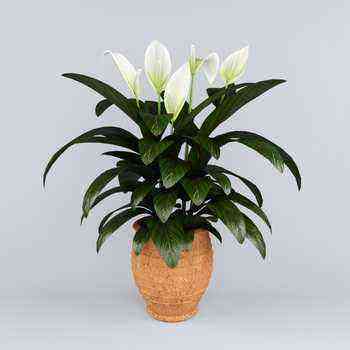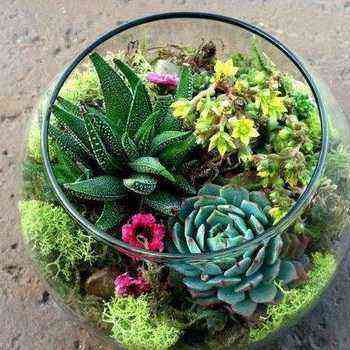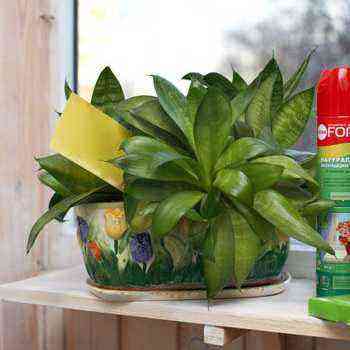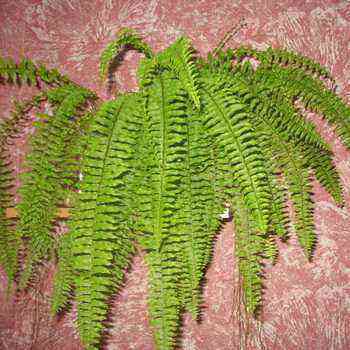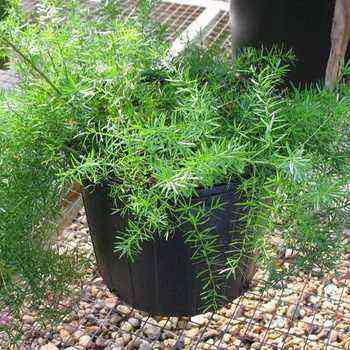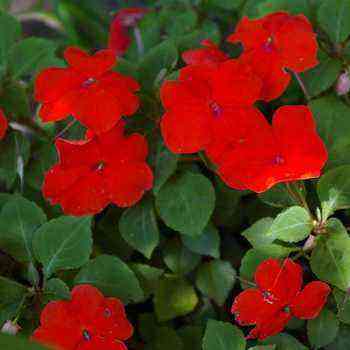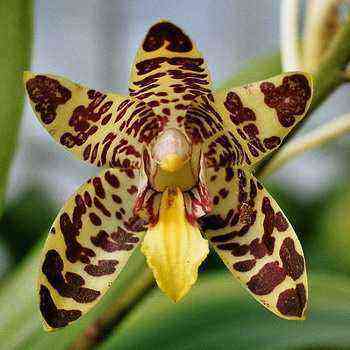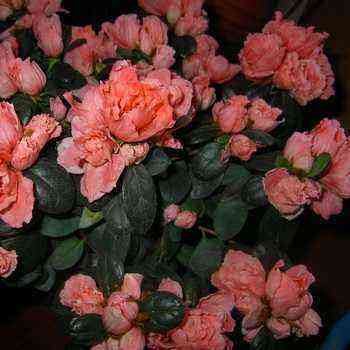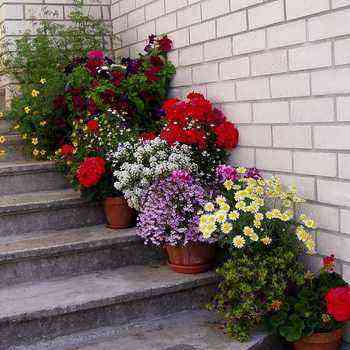
Houseplants lianas philodendron (PHILODENDRON)
The leathery leaves that the philodendron houseplants possess vary greatly in shape, color, and texture. Climbing Philodendron (Philodendron scandens) is the easiest to grow; its thin stems have leaves 8-12 cm in size. Large-leaved philodendrons usually have arrow-shaped leaves 15-40 cm in size with a glossy surface.
Noteworthy are F. spear (P. hastatum), F. reddening (P erubescens) and its hybrids, velvety F. golden-black (P. melanochrysum) and variegated F. Ilsemann (P ilsemannii). F. bipinnate (P. bipinnatifidum), which is not a liana, grows up to 2,5 m or more.
The most popular is the climbing philodendron, which is compact enough even for a small room. Aerial roots are a feature of these plants – direct them into the soil to provide moisture to the upper leaves. They will need a moss stick. Most philodendrons that are not vines are capable of growing into huge plants and are therefore not suitable for a typical home.
Care
Temperature: Moderate – at least 13 ° C in winter.
Shine: A moderately lit area or partial shade is usually recommended – P scandens can grow in shade. Protect from direct sunlight.
Watering: Water thoroughly and regularly — keep the soil slightly moist during the winter.
Air humidity: Spray the foliage regularly.
Transfer: Repot every two to three years in the spring.
Reproduction: Stem cuttings in summer.
The following shows a liana houseplant in the photo in various forms of formation:
Indoor vines syngonium (SYNGONIUM): care
An unusual feature of this plant is the change in the shape of the leaves with age. Young leaves are arrow-shaped, their variegation is at the very peak of brightness. Later, the plant takes on a liana-like shape, and the leaves become lobed. Aerial roots appear and the moss stick will provide them with excellent support.
Varieties. Indoor vines syngonium, or nephthytis leg-leaved (Syngonium, or Nephthytis), is a species with completely green leaves. Variegated varieties are popular, some almost entirely white (S. p. Imperial White).
Caring for the room vine syngonium includes the following agrotechnical measures.
Temperature: Moderate – at least 16 ° C in winter.
Shine: A brightly lit area away from direct sunlight.
Watering: Keep the soil moist all the time – reduce watering in winter. Avoid waterlogging.
Air humidity: Spray the foliage regularly.
Transfer: Repot every two years in the spring.
Reproduction: Stem cuttings bearing aerial roots in spring. Use rooting hormones.
Indoor flowers blooming creepers – tunbergia (THUNBERGIA)
Indoor flowers blooming vines are represented by several species, but tunbergia deserves special attention. A few seeds, sown in early spring, will provide enough ThUNBERGIA plants to cover a screen or trellis with climbing stems up to 2 m long. When grown as a vine, support is required; it can also be grown as an ampelous plant in hanging baskets. Pinch the tips of young shoots. Remove dead flowers before they form seeds.
Varieties. Sow winged tunbergia (Thunbergia alata) seeds in the spring and admire the white, yellow, or orange flowers all summer long.
Temperature: Moderate – at least 10 ° C in winter.
Shine: Bright light with some direct sunlight.
Watering: Keep the soil moist at all times.
Air humidity: Spray the foliage from time to time, especially in hot weather.
Post-flowering care: Plants do not preserve.
Reproduction: Sowing seeds in early spring.
Next, you can see the flowering indoor vines in the photo, which show different periods of development:
Indoor climbing vines – ivy
Ivy are excellent indoor climbing vines and ampelous plants; a vigorous variety of common ivy can quickly cover bare surfaces. The stems will cling to tree, wallpaper, etc. The slowly growing P. Canary does not cling on its own, so it needs support.
Varieties. Common ivy (Hedera helix) is the main species; there are also varieties with completely green foliage and variegated. There are bushy ampelous varieties such as Eva and Glacier.
Care
Temperature: Cool – ideally in an unheated room during winter.
Shine: Brightly lit areas, protected from direct sunlight in summer.
Watering: Keep the substrate moist in summer and water sparingly in winter.
Air humidity: Spray the foliage frequently in summer and winter if the area is heated.
Transfer: Repot every two years in the spring.
Reproduction: Use the cut tops of the shoots as cuttings.
Liana flowers indoor passionflower (PASSIFLORA)
Indoor passionflower flowers have an unusual intricate structure, and the plant itself is a threatening liana that will outgrow the 8 cm allotted to it in the space if it is not subjected to strong pruning in diameter every spring. The stems bear finger-dissected leaves, tendrils, and short-lived flowers that appear throughout the summer.
Varieties
There are several species of passionflower, including Granadilla – P. tetrahedral (Passiflora quadrangularis), which bears large yellow fruits, but only P. caerulea is grown as a houseplant.
Care
Temperature: Moderate. Store at 4-10 ° C during winter.
Shine: Pick the brightest spot you have.
Watering: Keep the soil moist at all times – daily watering may be necessary in the summer. Reduce watering in winter.
Air humidity: Spray the foliage from time to time.
Transfer: Repot in the spring annually.
Reproduction: Stem cuttings in summer. Sowing seeds in the spring.
Indoor flower liana tolmia (TOLMIEA)
Indoor flower liana tolmia is a compact houseplant with drooping light green leaves. Daughter plants are formed at the base of mature leaves. It is one of the hardiest of all indoor plants and grows well in cold, well-ventilated and dimly lit rooms, and its enemy is hot dry air.
Varieties
In tolmiya menziesii (Tolmiea menziesii) daughter plants are formed on the leaves. Long leaf stalks give the plant an ampelous appearance.
Care
Temperature: Cool or moderate temperature; minimum 4 ° C in winter.
Shine: Bright light is preferred, but can grow in shade.
Watering: Keep the soil moist all the time – reduce watering in winter.
Air humidity: Spray the foliage from time to time.
Transfer: Repot in the spring annually.
Reproduction: Pin the daughter plants to the soil – cut off the stems when they take root.
Liana indoor plants tradescantia (TRADESCANTIA)
The liana-like houseplants Tradescantia are the most popular of their similar genera – Tradescantia, Zebrina and Callisia. Oval leaves are plentiful if your plant is in a well-lit area. Tradescantia can bloom indoors, short-lived flowers add decorativeness to the plant. The tips of the shoots are regularly pinched to stimulate bushiness.
Varieties
The riverine Tradescantia (Tradescantia fluminensis) has variegated forms – variegata and Quicksilver. T. albiflora tricolor leaves with white and pink stripes.
Care
Temperature: Moderate – at least 7 ° C in winter.
Shine: Bright light is essential.
Watering: Water thoroughly from spring to fall. Water sparingly during the winter.
Air humidity: Spray the foliage from time to time.
Transfer: Replant if necessary in the spring.
Reproduction: Stem cuttings from spring to autumn.
